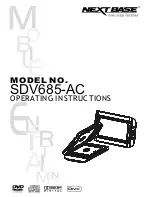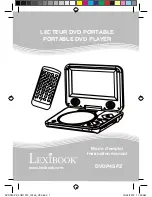
Safety Rules
Running engines produce heat. Severe burns can occur on contact. Combustible material can catch
fire on contact.
Warning
!
1.
Propane (LPG) and natural gas (NG) is highly flammable and explosive. Fire or explosion can
cause severe burns or death if the gas is ignited.
2.
Before starting the generator, inspect your LPG tank and NG pipeline and valve for damage
or leaks, attach only approved tanks that have been properly filled by an approved station,
DO NOT light or smoke cigarette.
3.
Replace the hose at the first sign of a leak or if age-cracking becomes apparent.
4.
When starting the generator DO NOT attempt to start a damaged generator, make certain
that the LPG tank, air filter, spark plug, fuel lines and exhaust system are properly in place,
make certain that the generator resting firmly on level ground.
5.
When operating the generator DO NOT move or tip the generator during operation, DO NOT
tip the generator or allow oil to spill.
6.
When transporting or servicing the generator make certain that the generator is disconnected
and properly shut off, disconnect the spark plug wire.
7.
When storing the generator store away from sparks, open flames, pilot lights, heat and other
sources of ignition.
Danger
!
1.
Rapid retraction of the starter cord will pull hand and arm towards the engine faster than you
can let go. Unintentional startup can result in entanglement, traumatic amputation or
laceration. Broken bones, fractures, bruises or sprains could result in.
2.
When starting engine, pull the starter cord slowly until resistance is felt and then pull rapidly
to avoid kickback.
3.
DO NOT start or stop the engine with electrical devices plugged in.
Warning
!
1.
The battery contains acid. Acid is strongly corrosive.
2.
DO NOT use, store or expose the battery in high temperature situations, as in the direct
sunlight, inside automobiles during hot weather, directly in front of a heater, etc.
3.
Be sure to turn off the equipment after use.
Warning
!
1.
DO NOT touch hot surfaces.
2.
Avoid contact hot exhaust gas.
3.
Never touching the equipment until it’s cool.
4.
Maintain at least 3 feet (about 1meter) of clearance on all sides to ensure adequate cooling.
5.
Maintain at least 5 feet (about 1.5 meters) of clearance from combustible materials.
4
Summary of Contents for BMG5
Page 36: ...Note 35...






































